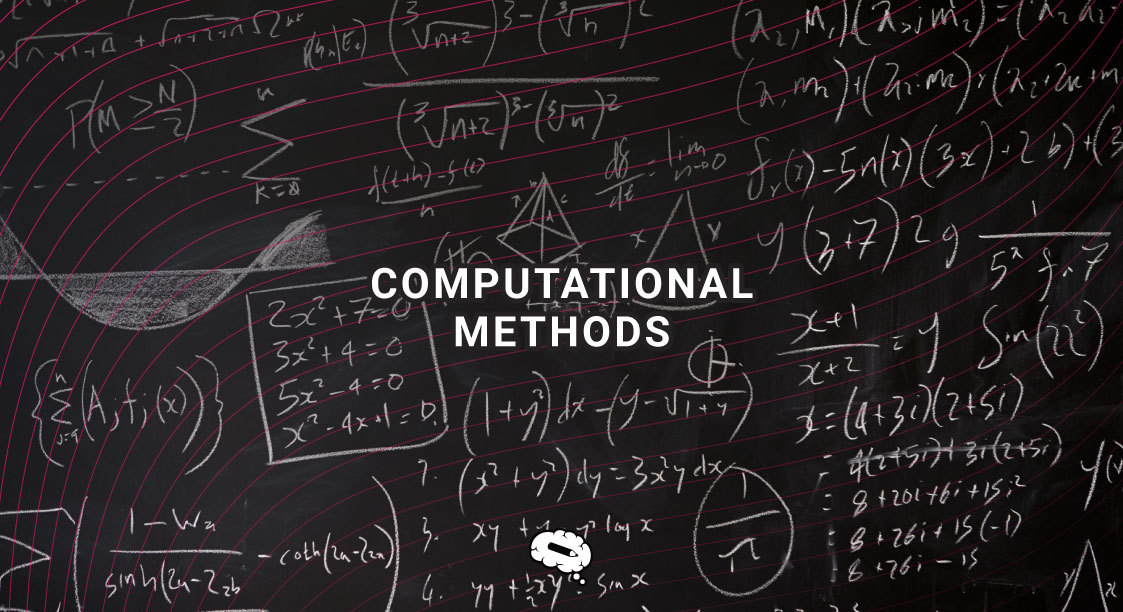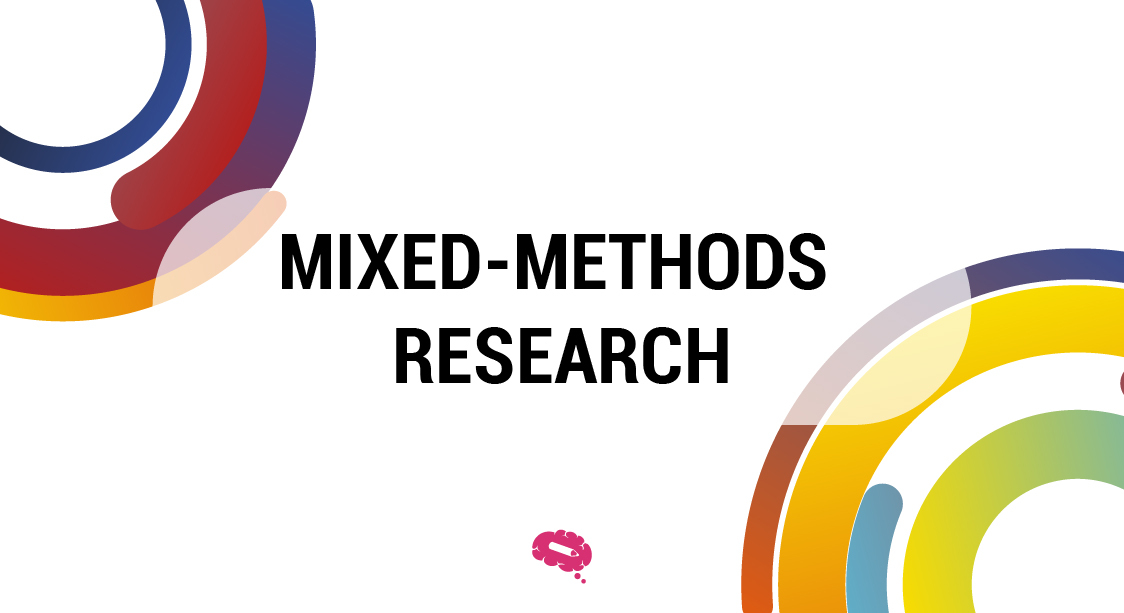In today’s rapidly evolving technological landscape, computational methods have emerged as a driving force behind innovation and breakthroughs across various fields. From scientific research to engineering, finance, healthcare, and beyond, computational methods offer powerful tools and techniques that enable researchers and practitioners to tackle complex challenges with unprecedented efficiency and accuracy.
This article explores the profound impact of computational methods, their diverse applications, and the ways in which they are reshaping the landscape of innovation. Delve into the world of computational methods and witness their transformative potential in driving advancements and propelling humanity toward a future of limitless possibilities.
Definition Of Computational Methods
Computational methods are a broad set of techniques that leverage computer algorithms and numerical analysis to solve a wide range of mathematical and scientific problems. These methods involve the use of mathematical models, simulations, and algorithms to analyze complex phenomena, make predictions, and find solutions that may be difficult or impossible to obtain analytically.
One advantage of computational methods is their ability to handle complex and large-scale problems. By breaking down problems into smaller, more manageable components, computational methods enable the efficient analysis of intricate systems that would be impractical to solve manually.
Related article: Exploring the Role of AI in Academic Research
Furthermore, computational methods offer flexibility in terms of handling uncertainties and incorporating real-world data. Through techniques like data assimilation and statistical analysis, computational methods can integrate experimental data and observational measurements into mathematical models, enhancing the accuracy and reliability of predictions and analyses.
Types Of Computational Methods
- Numerical methods: These involve the use of numerical algorithms to solve mathematical problems, such as finding roots of equations, solving differential equations, or performing numerical integration.
- Optimization methods: These methods aim to find the best solution among a set of feasible options by systematically adjusting parameters and evaluating objective functions.
- Statistical methods: Statistical techniques are used to analyze and interpret data, estimate parameters, and make predictions or inferences based on observed data.
- Simulation methods: These methods involve creating computer models that mimic real-world systems or processes to study their behavior, make predictions, or perform experiments in a virtual environment.
- Machine learning and artificial intelligence: These methods involve the development of algorithms and models that enable computers to learn from data, recognize patterns, and make intelligent decisions without being explicitly programmed.
Advantages And Disadvantages Of Computational Methods
Advantages:
- Ability to solve complex problems that may be intractable analytically.
- Efficient and faster computation compared to manual calculations.
- Flexibility to model and simulate complex systems and phenomena.
- Enables the analysis of large datasets and extraction of meaningful information.
- Facilitates optimization and decision-making processes.
Disadvantages:
- Dependence on computer resources and software tools.
- Potential for errors in programming or implementation.
- Difficulty in interpreting and validating results without proper knowledge and expertise.
- Limited accuracy due to approximations and assumptions made in numerical methods.
- Costly in terms of hardware, software, and computational resources.
Linear Algebra And Numerical Methods
Linear algebra is a branch of mathematics that encompasses the study of vectors, vector spaces, linear transformations, and systems of linear equations. Vectors are mathematical entities that represent both magnitude and direction and are utilized to describe quantities such as velocity, force, and position. Vector spaces, on the other hand, are mathematical structures that consist of vectors along with operations like vector addition and scalar multiplication.
Linear transformations refer to mathematical operations that preserve the structure of vector spaces. These transformations can include rotations, translations, and scalings. They play a crucial role in understanding how objects change when subjected to various transformations.
Additionally, linear algebra investigates systems of linear equations, which are equations involving linear relationships between variables. Solving linear equations is essential in many scientific and engineering applications, including circuit analysis, optimization problems, and data fitting.
Linear Algebraic Techniques
- Matrix operations: Linear algebra involves various matrix operations, including addition, subtraction, and multiplication. Matrix addition and subtraction allow for the combination of matrices to obtain a resultant matrix. Matrix multiplication is employed to compute transformations, solve systems of equations, and perform other mathematical operations. Matrix inversion is the process of finding the inverse of a matrix, which is crucial in solving linear systems and performing certain calculations.
- Eigenvalue and eigenvector calculations: Eigenvalues and eigenvectors are fundamental concepts in linear algebra. Eigenvalues represent scalar values associated with a matrix, while eigenvectors represent corresponding non-zero vectors. The calculation of eigenvalues and eigenvectors is useful in stability analysis, vibration analysis, system dynamics, and understanding the behavior of linear systems.
- Singular value decomposition (SVD): SVD is a valuable technique in linear algebra that decomposes a matrix into three constituent matrices. It provides a way to represent a matrix as a product of three matrices, enabling dimensionality reduction, data compression, and image processing. SVD finds applications in fields such as image and signal processing, data analysis, and machine learning.
- Solution of linear systems: Linear algebra offers various techniques for solving linear systems of equations. Gaussian elimination is a widely used method that transforms a system of equations into row-echelon form, eventually leading to the solution. LU decomposition decomposes a matrix into lower and upper triangular matrices, simplifying the solution process. Iterative methods, such as the Jacobi or Gauss-Seidel method, provide iterative approaches to approximate solutions to large systems of linear equations.
Numerical Integration
Numerical integration is a computational technique used to approximate the definite integral of a function. It involves dividing the interval of integration into smaller segments and using approximation formulas, such as the trapezoidal rule or Simpson’s rule, to estimate the area under the curve.
Finite Element Method (FEM)
The Finite Element Method (FEM) is a numerical technique used to solve partial differential equations and analyze complex structures or systems. It involves dividing the domain into smaller subdomains called finite elements and approximating the behavior of the system within each element. FEM is widely used in structural analysis, heat transfer analysis, fluid dynamics, and other areas of engineering and physics.
Optimization Techniques – Linear Programming And Genetic Algorithms
Linear Programming: Linear programming is a mathematical optimization technique used to find the best outcome in a linear mathematical model, subject to a set of constraints. It involves formulating an objective function and constraints as a system of linear equations or inequalities and then using algorithms to find the optimal solution.
Genetic algorithms are search and optimization algorithms inspired by the process of natural selection and genetics. They involve maintaining a population of potential solutions, applying genetic operators like selection, crossover, and mutation, and iteratively improving the solutions over generations to find the optimal or near-optimal solution to a problem.
Applications In Mechanical Engineering
Mechanical engineering utilizes computational methods in various applications, including:
Structural Analysis with FEM
- FEM enables the analysis of complex mechanical structures, such as buildings, bridges, and machine components.
- It accurately predicts stress and strain distributions, deformation, and failure modes under different loading conditions.
- FEM considers material properties, geometric nonlinearity, and boundary conditions to provide accurate structural analysis results.
- It helps in optimizing structural designs by evaluating different design alternatives and identifying critical areas for improvement.
- FEM is widely used in industries such as aerospace, automotive, and civil engineering for structural analysis and design validation.
Simulation And Modeling Techniques For Design Automation
- Simulation and modeling techniques create virtual prototypes of mechanical systems, enabling designers to evaluate performance and behavior before physical prototyping.
- These techniques aid in exploring design alternatives, optimizing parameters, and identifying potential issues or improvements early in the design process.
- Simulation models can simulate real-world operating conditions and provide insights into system dynamics, stresses, fluid flow patterns, and heat transfer.
- Design automation using simulation and modeling techniques reduces development time, cost, and the need for physical prototypes.
- Virtual testing and analysis through simulation help ensure the safety, reliability, and performance of mechanical designs.
Minimum Grade Requirements For Design Quality Assurance
- Design quality assurance requires meeting minimum grade requirements to ensure the reliability and safety of mechanical designs.
- These requirements specify acceptable material properties, safety factors, tolerances, and performance criteria for mechanical components and systems.
- Minimum grades ensure that materials used in construction or manufacturing possess the necessary strength, durability, and other required properties.
- They define acceptable levels of deflection, stress, strain, and other performance parameters to ensure structural integrity and functionality.
- Meeting minimum grade requirements helps guarantee that designs conform to industry standards, codes, and regulations.
Computer-Based Research And Simulation In Mechanical Engineering
- Computer-based research enables engineers and researchers to investigate complex phenomena, analyze data, and develop innovative solutions.
- Computer simulations allow for the exploration of scenarios that would be challenging or expensive to study experimentally.
- Simulation provides insights into the behavior, performance, and limitations of mechanical systems, aiding in system optimization and performance enhancement.
- Computational research facilitates the development and testing of new algorithms, models, and methods for solving mechanical engineering problems.
- Computer-based simulation and research contribute to advancements in areas such as fluid dynamics, material science, structural analysis, and control systems.
Examples From ETH Zurich
ETH Zurich, a leading technical university, has numerous examples of computational applications in mechanical engineering, including:
- Wind Turbine Optimization: Researchers at ETH Zurich utilize computational fluid dynamics (CFD) to optimize wind turbine designs, maximizing energy extraction and minimizing turbulence effects.
- Lightweight Structural Design: ETH Zurich applied finite element analysis (FEA) to optimize lightweight structures in aerospace engineering, achieving weight reduction while maintaining structural integrity.
- Combustion Simulation: ETH Zurich conducts computational modeling of combustion processes in internal combustion engines to enhance efficiency, reduce emissions, and optimize fuel utilization.
- Additive Manufacturing Optimization: Researchers at ETH Zurich focus on simulation-based optimization of additive manufacturing processes, improving quality and productivity by optimizing process parameters.
- Predictive Maintenance using Machine Learning: ETH Zurich develops machine learning algorithms for predictive maintenance in mechanical systems, enabling condition-based maintenance strategies and reducing downtime.
300+ Pre-Made Beautiful Templates For Professional Infographics
Elevate your scientific research with Mind the Graph. Access 300+ templates, customize visuals, collaborate seamlessly, and create stunning infographics. Communicate your findings effectively and captivate your audience across presentations, publications, and social media. Unlock the power of visual communication with Mind the Graph. Sign up for free.

Subscribe to our newsletter
Exclusive high quality content about effective visual
communication in science.





